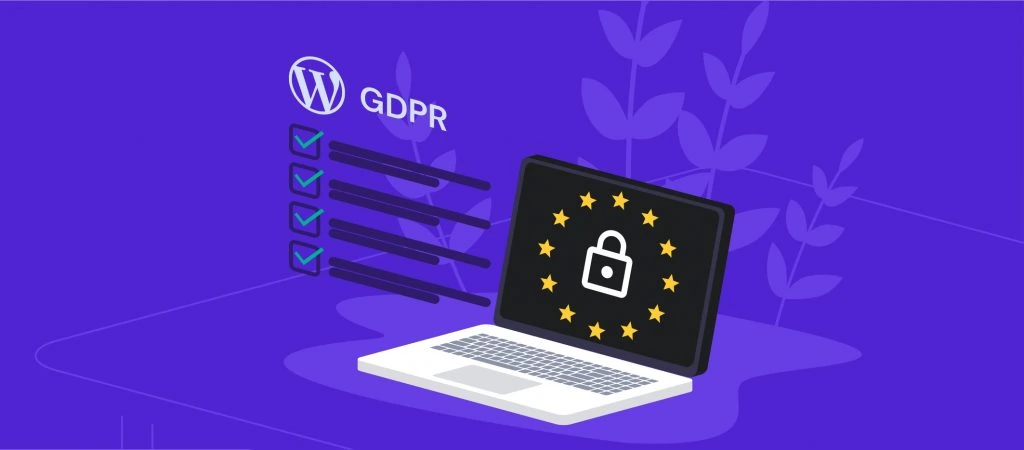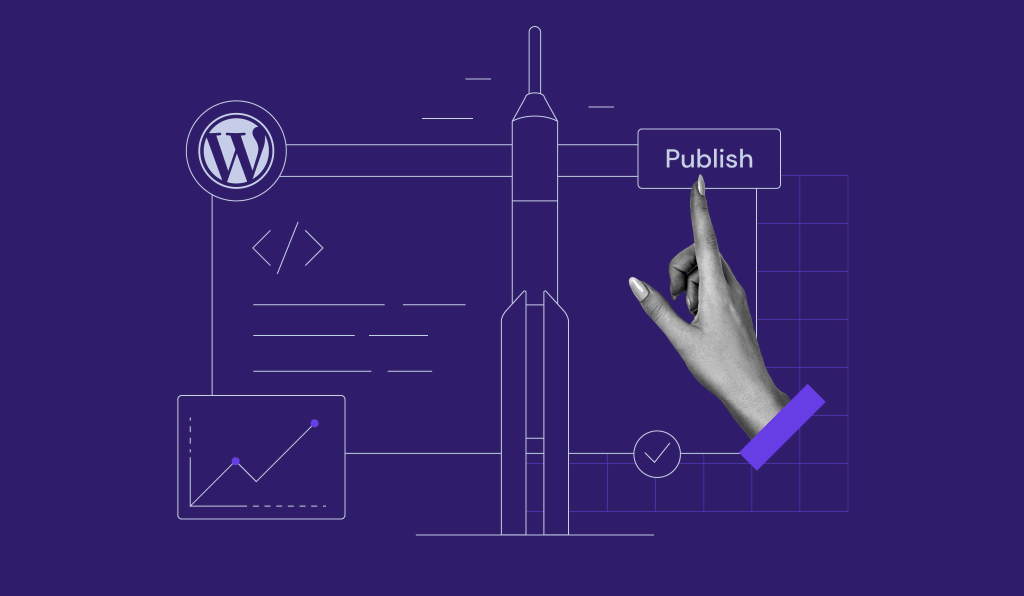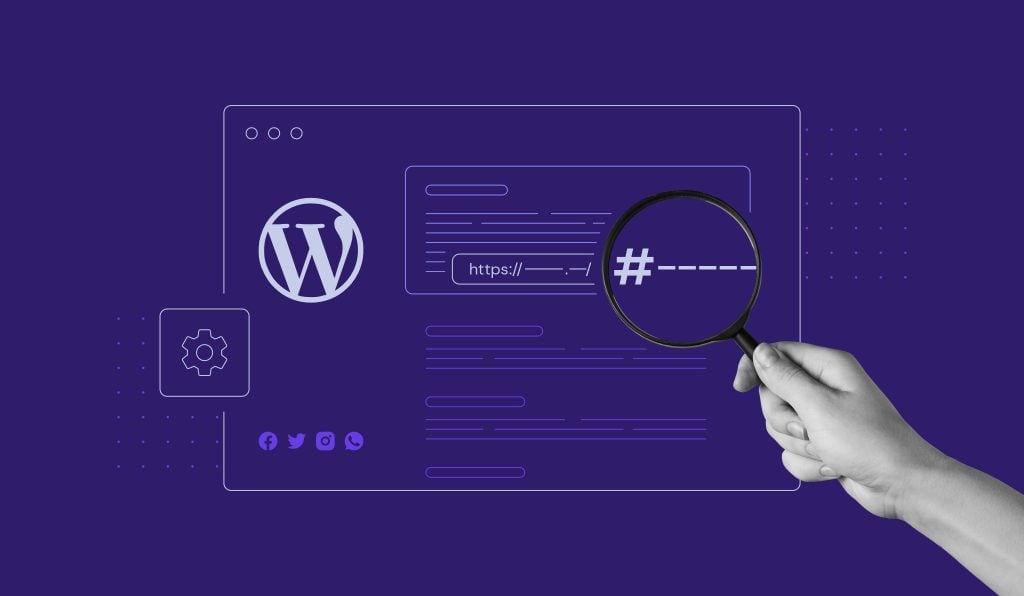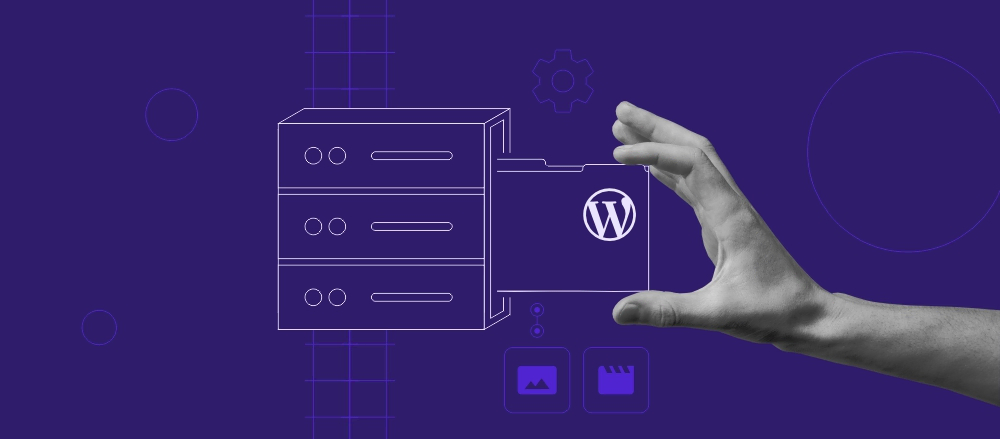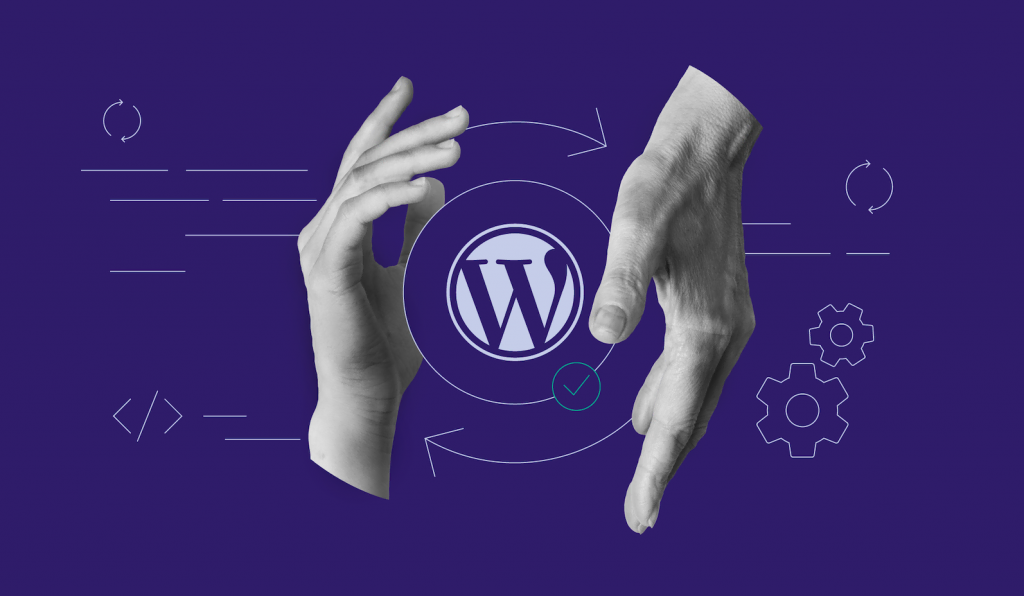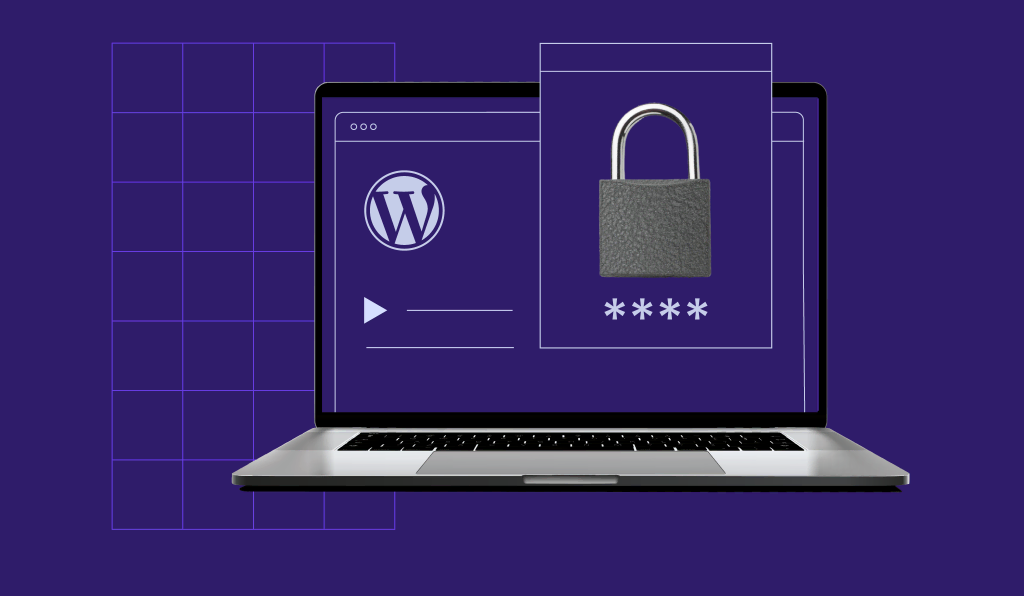How to Change WordPress URL in Database: A MySQL Tutorial Using phpMyAdmin
WordPress relies on the MySQL database to store its data, including site URLs. If you ever need to change your WordPress URL, you’ll have to...
How to Install WordPress Plugins
As one of the most popular content management systems (CMS), WordPress offers high flexibility and numerous customization options. It offers a wide...
WordPress GDPR: Understanding How to Comply With the Data Protection Law
The European General Data Protection Regulation (GDPR), also known as a data privacy and protection law, has changed how website owners have to handle...
How to Launch a WordPress Site: 6 Easy Steps
Websites are becoming a necessity for every business, organization, or even personal project. In starting a website, WordPress has become one of the...
How to Find WordPress Post ID and Page ID
Every WordPress post or page has a unique number, called a post or page ID. It functions as an identifier for each piece of website content. Since...
WordPress Database: What It Is, How to Manage It, and Best Practices
A WordPress database stores all the data that makes up a WordPress website, including login credentials, pages, posts, themes, and plugins. Basic...
Reinstalling WordPress: A Step-by-Step Guide
There might be several reasons why you stumbled upon this article. Maybe you’re having issues with your WordPress website like errors you don’t...
What Is a WordPress Slug: How to Change It and Optimize for SEO
WordPress uses a slug to identify different posts and pages. Optimizing every WordPress slug in your website can improve user experience and rankings...
How to Change Your WordPress Admin Password (3 Methods Explained)
Everyone needs to reset one of their passwords from time to time. WordPress makes it easy to change your password if needed, but to do that,...

